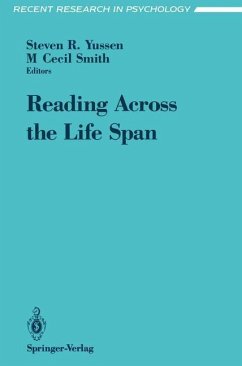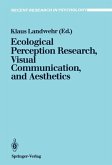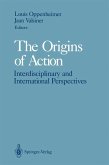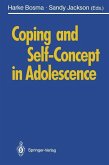One of the liveliest areas of research in the social sciences is reading. Scholarly activity is currently proceeding along a number of different disciplinary lines, addressing a multitude of questions and issues about reading. A short list of disciplines involved in the study of reading would include linguistics, psychology, education, history, and gerontology. Among the important questions being ad dressed are some long-standing concerns: How are reading skills acquired? What are the basic components of reading skill? How do skilled readers differ from less skilled ones? What are the best ways to approach instruction for different groups of readers-young beginning readers, poor readers with learning problems, and teenage and adult illiterates? How can reading skill best be measured-what standardized instruments and observational techniques are most useful? The large volume of textbooks and scholarly books that issue forth each year is clear evidence of the dynamic nature of the field. The purpose of this volume is to survey some of the best work going on in the field today and reflect what we know about reading as it unfolds across the life span. Reading is clearly an activity that spans each of our lives. Yet most accounts of it focus on some narrow period of development and fail to consider the range of questions that serious scholarship needs to address for us to have a richer under standing of reading. The book is divided into four parts.








